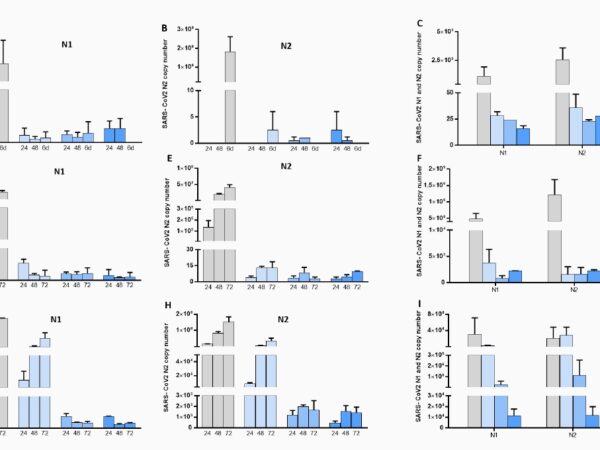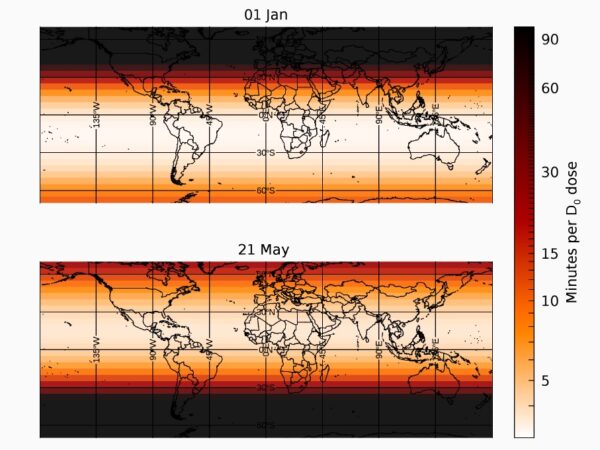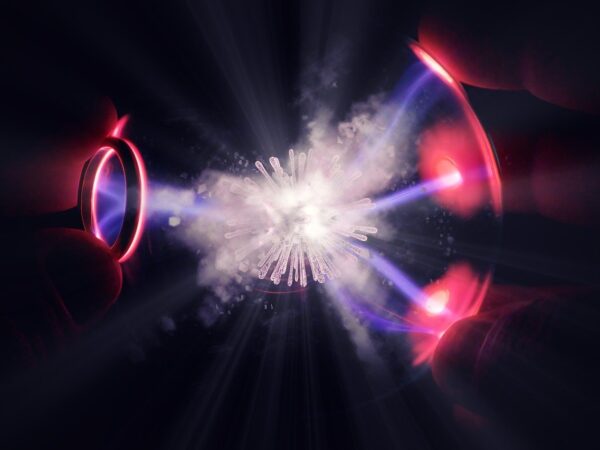Forcing Seasonality of influenza-like epidemics with daily Solar resonance
Publication date: 13/07/2020 – E&P Code: repo.epiprev.it/1923
Authors: Fabrizio Nicastro1, Giorgia Sironi2, Elio Antonello2, Andrea Bianco2, Mara Biasin3, John R. Brucato4, Ilaria Ermolli1, Giovanni Pareschi2, Marta Salvati5, Paolo Tozzi4, Daria Trabattoni3, Mario Clerici6
Abstract: Seasonality of acute viral respiratory diseases is a well-known and yet not fully understood phenomenon. Several models have been proposed to explain the regularity of yearly recurring outbreaks and the phase-differences observed at different latitudes on Earth. Such models take into account known internal causes, primarily the periodic emergence of new virus variants that evade the host immune response. Yet, this alone, is generally unable to explain the regularity of recurrences and the observed phase-differences. Here we show that seasonality of viral respiratory diseases, as well as its distribution with latitude on Earth, can be fully explained by the virucidal properties of UV-B and A Solar photons through a daily, minute-scale, resonant forcing mechanism. Such an induced periodicity can last, virtually unperturbed, from tens to hundreds of cycles, and even in presence of internal dynamics (host’s loss of immunity) much slower than seasonal will, on a long period, generate seasonal oscillations.
More >





